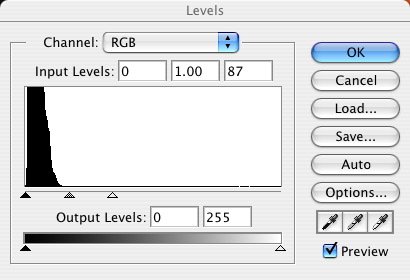The Southern Cross. This is one of the first constellations learnt by children in Australia. If you can find the Southern Cross in the night sky then you know your are looking towards the south. The vertical axis of this constellation points towards the South Celestial Pole. It is usually way up there with Orion and Scorpio in terms of the constellations initially picked up by kids in the Southern Hemisphere. This is of course before the advent of the Simpsons, Playstations and the Internet.
I knew these constellations by the time I was 5 or 6 years of age. The first thing I ever saved up for and bought was a small Tasco telescope back in 1966. The Southern Cross is also know as Crux. [Southern Cross links: 1 | 2 | 3 | 4 ]
There is an interesting indigenous story about the Southern Cross at the Aboriginal Astronomy page.
The famous Astronomy Picture of the Day site has some great images of the Southern Cross, including the Jewel Box, a star cluster located near the Southern Cross: 1 | 2 | 3 | 4 |
Anyway I took a photo of the night sky and the Southern Cross was very low in the sky close to the horizon. It is barely visible. A cropped copy of the original [556k 2008 x 3000 pixels] image is shown below.
In order to give you a better idea I scanned in a map from an old book I have had for years…The Australian Sky by W.J. Newell (Jacaranda Press, Brisbane, 1965). You can see the map below.
If you invert the image above in Photoshop it looks like this…
Now, you might ask… how does that help? Well, the Southern Cross in the actual photograph is “upside down” and hard to locate for the uninitiated. The Pointers are on the right in the photograph and the Southern Cross is located bottom centre. Please refer to the second map below and the modified image that follows to get your bearings.
Actually, Alpha Centauri is one of the closest stars to our own solar system. It is part of a star system that includes Proxima Centauri which is the closest star to our solar system. You may remember, the Robinson family that flew in the Jupiter 2 (Lost In Space) were supposed to be travelling to Alpha Centauri.
As you can see, I added some labels to the image and also adjusted the lighting using the Levels command in Photoshop. See the two screen shots below.
Before
After
I simply shifted the small triangular handle located beneath the input level window on the far right of the histogram towards the left hand side of the histogram. The net effect of this is to lighten the image and highlight the whiter/lighter components of the image. Hence the stars become more visible.
I love looking at the stars.















Mar 09, 2018 @ 18:39:27
Thank you John!
Just by sharing your views, you are still helping novices like me, understand how look in order to really see.
Regards,
Zania
Cape Town, South Africa
Mar 12, 2018 @ 07:05:31
Thank you Zania for your kind words 🙂